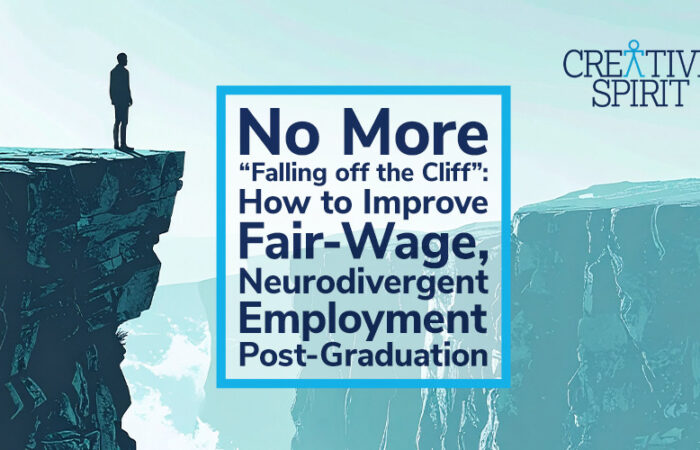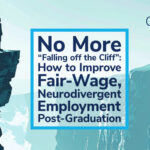By Menachem Rephun, Communications Manager, Creative Spirit
The signing of the Americans With Disabilities Act (ADA) on July 26, 1990 was truly a watershed moment for the disability rights movement. From the Section 504 Sit-Ins of 1977 to the Capitol Crawl of 1990, disability rights activists (including Judy Heumann, Kitty Cone, Ed Roberts, Sandra Swift Perrino, Justin Dart, and many others) fought for decades, at great personal expense, to transform inclusion, accessibility, and protection from discrimination for millions of Americans. July 26, 2025 will mark the 35th anniversary of the ADA, which overhauled public transportation accessibility, digital accessibility, employment inclusion, and strengthened protections against discrimination in the workplace. Along with celebrating the heroism of those who fought for it, the ADA anniversary is a time to take stock of where disability rights stand right now and the many ways that progress can move even further.
The ADA and Digital Accessibility
In an increasingly technology-driven world, expanding digital accessibility is one of the areas in which the ADA has been most impactful and important.
“As a recent college graduate in my mid-20s, so much of what I do in my professional and personal life would not be possible without the vast array of accessible technology,” Michael Taylor, a commentator on digital accessibility, wrote in honor of the ADA’s 33rd anniversary in 2023. “Perhaps the best part is that digital accessibility and inclusivity give me independence that might otherwise be unattainable.” One of the ADA’s main contributions to digital accessibility is Title II, which mandates that the services and programs of all state and local government entities, including government websites, online portals, and digital services, must be fully accessible for all users. The ADA’s Title III mandates that nonprofits and private businesses must ensure that their physical and digital space are fully accessible for all users. According to GrackleDocs.com, “While the ADA does not explicitly reference websites, courts have increasingly interpreted Title III to include digital accessibility, setting precedents for businesses to comply.”
As valuable as the ADA has been in pushing back against discrimination and improving accessibility, unemployment continues to be one of the most severe challenges facing the disability community. In the U.S., some studies have placed the unemployment rate for people with disabilities as high as 30 – 40%. Ableism, discrimination in the hiring process, and a lack of basic accessibility and reasonable accommodations are some of the main factors behind this problem. The theme for this year’s ADA anniversary, “Equity Through Access”, focuses on ensuring equal access and employment opportunities for people with disabilities. Creative Spirit is also working to achieve that goal through HireDifferent Academy, our comprehensive training program to help companies fully include neurodiverse employees. Our goal is to encourage all employers to appreciate the amazing talents neurodiverse professionals contribute, such as exceptional memories, sharp attention to detail, creativity, and much more. The 35th anniversary of the ADA is one of the best opportunities to expand that appreciation and awareness. This is even more important at a time when drastic cuts to Medicaid have jeopardized survival for millions of people with disabilities, and the U.S. Department of Labor has announced it will scrap plans by the Biden administration to end 14c, or subminimum wage, for people with disabilities.
Lessons from the ADA, 35 Years Later
35 years after the signing of the ADA, the problems of discrimination, ableism, and unconscious bias towards people with disabilities unfortunately have yet to disappear. While the fight for disability rights is far from over, it is certainly not lost. The heroic example set by so many disability rights advocates demonstrates the importance of persevering, no matter how drastically the odds appear to be stacked against us.
“Since the ADA, the American disability landscape has changed,” Fadi El Halabi, Executive Director & Regional Coordinator of EDAN-Middle East in Lebanon, writes. “Not only did it improve the quality of life for millions of Americans with disabilities, but it also inspired many disability advocates – including me – from all over the world to believe that positive change is possible. Although there is still a long way to go, the journey that started will never stop.” In 2020, Susan Dooha, executive director of the Center for Independence of the Disabled New York, told Public News Service that progress depends on “removing the barriers that have resulted in the impoverishment of people with disabilities, and the enormous stigma and exclusion that people with disabilities still experience.” As we mark the 35th anniversary of the ADA, it’s time to continue that journey with tenacity, courage, and confidence in our ability, both as individuals and together, to make a difference.
Sources
Jones, D. (2025). “How the Americans with Disabilities Act Shapes Digital Accessibility”, Grackle Docs. https://www.grackledocs.com/en/how-the-ada-shapes-digital-accessibility/
Sears, A. (2020). “The ADA at 30: Progress and Continuing Obstacles”, Public News Service. https://www.publicnewsservice.org/2020-07-24/disabilities/the-ada-at-30-progress-and-continuing-obstacles/a70971-1







